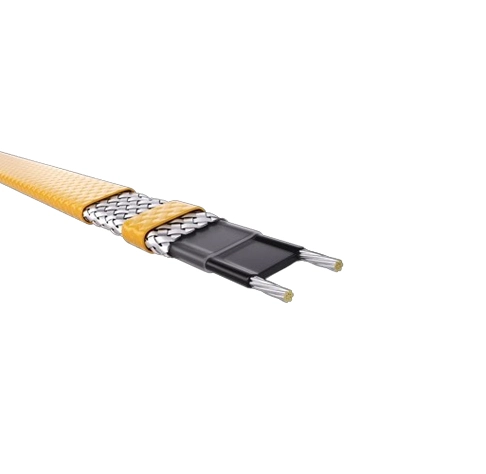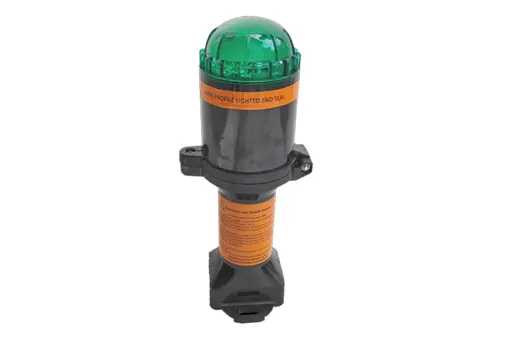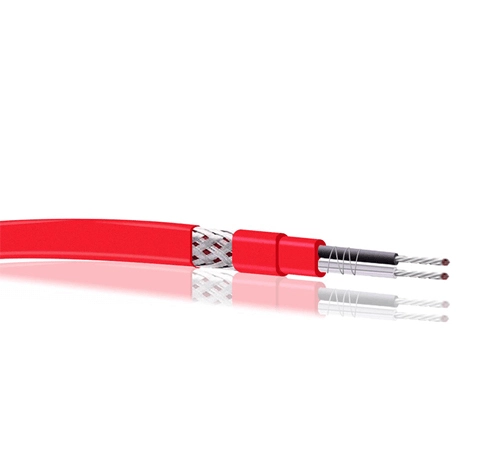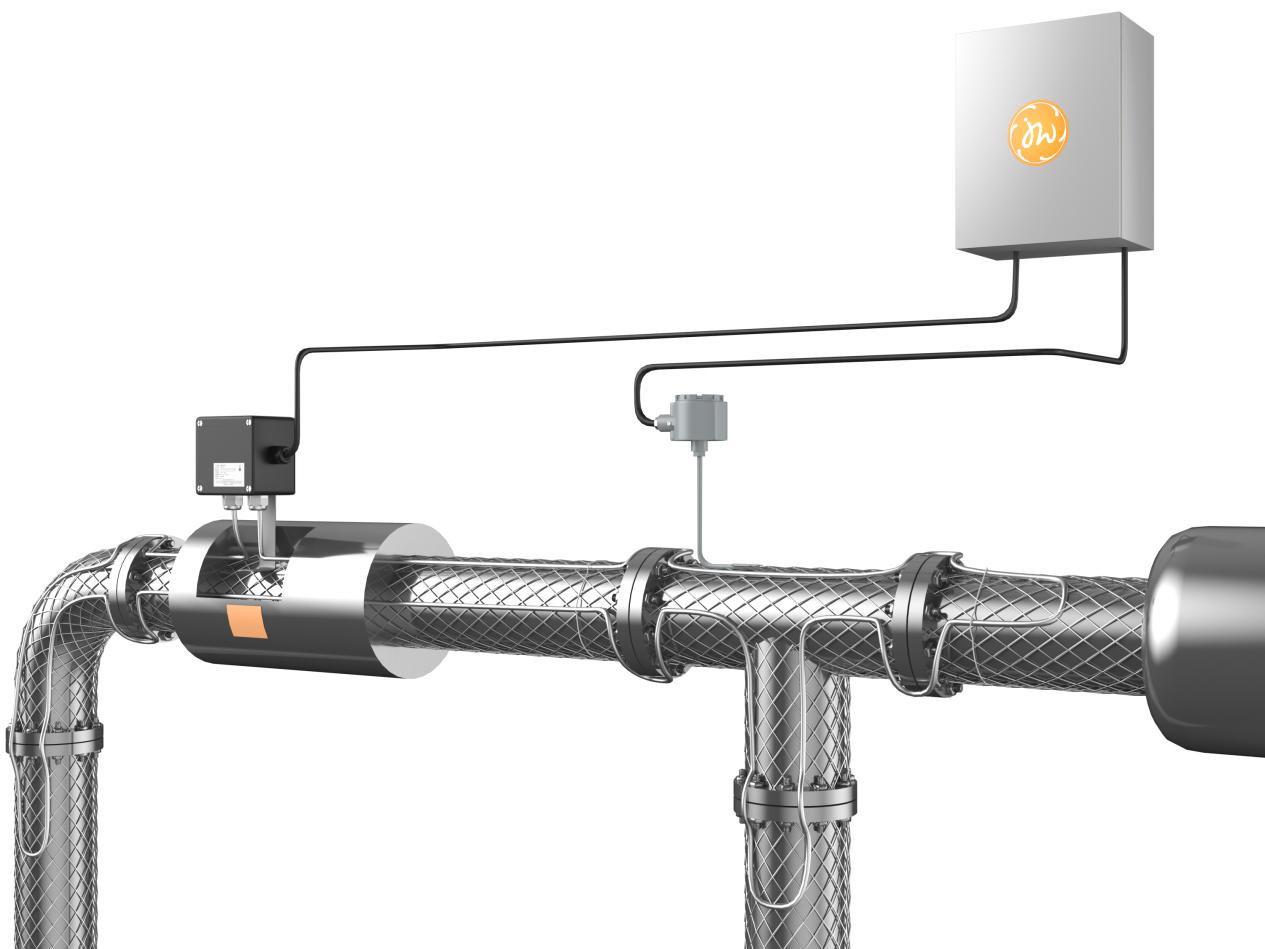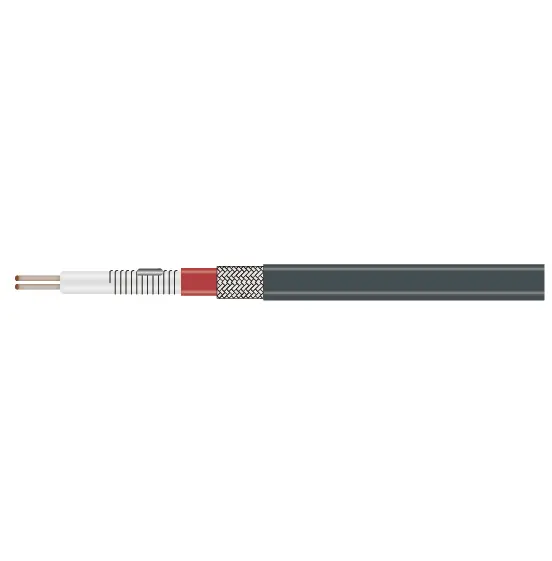Advantages:
1. Consistent Heat Output:
Delivers a uniform amount of heat along its entire length, ensuring reliable temperature maintenance in applications like freeze protection or process heating.
2. Suitability for Long Runs:
Maintains stable performance over extended distances without significant voltage drop, making it ideal for long pipelines or large roof areas.
3. High-Temperature Tolerance:
Capable of operating at higher temperatures compared to self-regulating cables, suitable for industrial processes requiring elevated heat levels.
4. Lower Initial Cost:
Generally less expensive upfront than self-regulating alternatives due to simpler construction and no need for conductive polymer materials.
5. Durability:
Robust design with fewer components prone to degradation, potentially offering a longer lifespan in stable environments.
6. Customizable Lengths:
Can often be cut to specific lengths (with proper voltage matching and termination), allowing flexibility in installation.
Disadvantages:
1. Energy Inefficiency:
Lacks self-regulating capability, leading to higher energy consumption in fluctuating temperatures unless paired with a thermostat.
2. Dependence on Thermostats:
Requires external controls (e.g., thermostats) to avoid continuous operation, adding complexity and potential points of failure.
3. Overheating Risks:
Improper installation (e.g., overlapping cables) or thermostat malfunctions can cause localized overheating, posing safety hazards.
4. Installation Complexity:
Demands precise planning for length, spacing, and voltage requirements. Overlaps are prohibited, complicating layouts in tight spaces.
5. Limited Adaptability:
Less effective in environments with variable temperatures, as it cannot adjust output dynamically like self-regulating cables.
6. Operational Costs:
Higher long-term energy expenses in climates with intermittent cold, especially without efficient thermostat management.
7. Thermal Cycling Wear:
Frequent on/off cycling via thermostats may stress the cable, potentially reducing lifespan compared to self-regulating models.
Conclusion:
Constant wattage heat cables excel in applications requiring steady, high-temperature output over long distances but require careful installation and energy management. They are cost-effective for predictable, cold environments but less efficient in areas with temperature fluctuations.

 EN
EN

